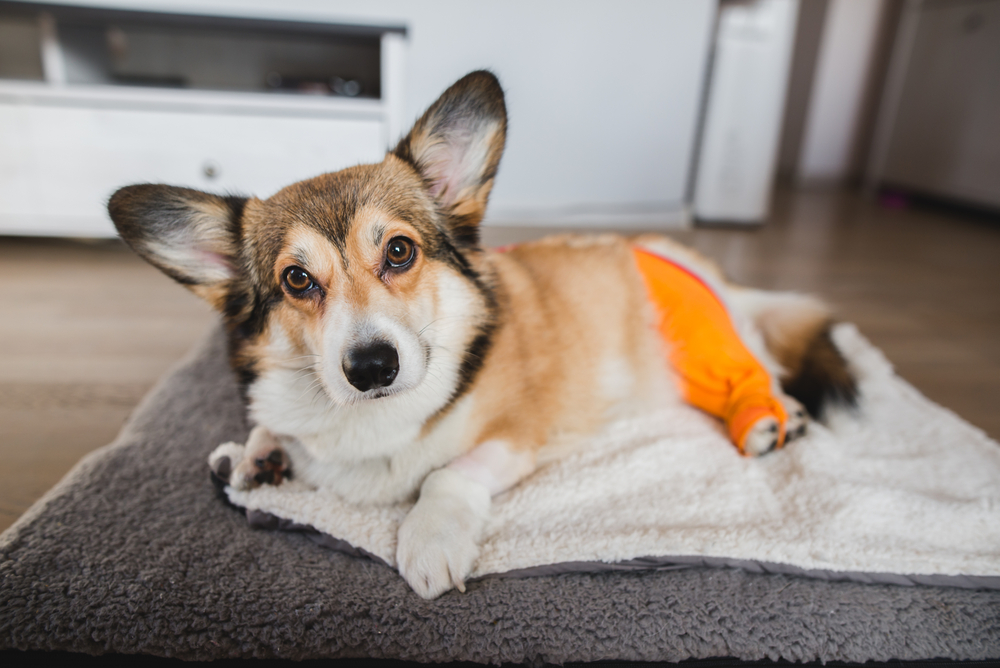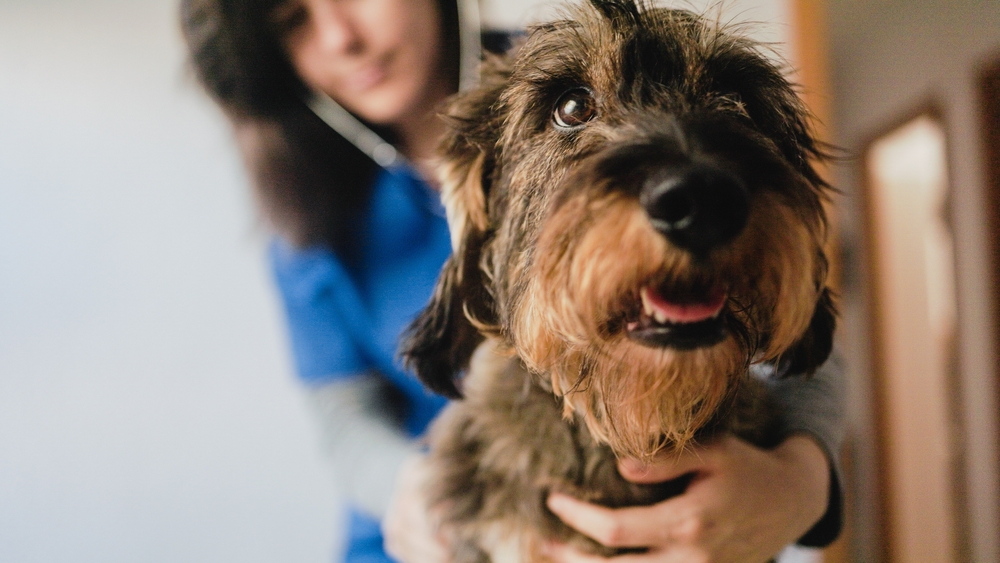Van Lue Veterinary Surgical Blog
Learn more about veterinary care in our blog!

When your dog suffers a cranial cruciate ligament (CCL) injury, which is the canine equivalent of a torn ACL in humans, it can dramatically affect their mobility, comfort, and overall happiness. One of the most effective surgical solutions available today is Tibial Plateau Leveling Osteotomy (TPLO).

Discovering a lump or bump on your dog can be unsettling. While some growths are harmless, others may signal a more serious health concern. Understanding when a lump needs veterinary attention is an important part of responsible pet ownership.

If you’ve ever had to make medical decisions for your pet, you know how important it is to choose the safest, most effective options. When it comes to spaying and neutering, many pet owners in Oviedo are turning to laparoscopic surgery—and for good reason. This minimally invasive technique offers a faster recovery, less pain, and a lower risk of complications compared to traditional surgery. At Van Lue Veterinary Surgical, we offer laparoscopic spay/neuter as an advanced, safer alternative for dogs and cats.

When your beloved pet undergoes surgery, it can be a stressful time for both of you. Ensuring a smooth recovery is essential to getting them back to their happy, healthy self. At Van Lue Veterinary Surgical, we’re here to guide you through the recovery process with tips to support your pet’s healing journey.

Orthopedic surgery for pets is a crucial aspect of veterinary care that can help address a wide range of musculoskeletal problems, from joint injuries to congenital abnormalities. Understanding the signs that your pet may need orthopedic surgery can help you take proactive steps to ensure your beloved companion receives the necessary treatment and support.

As a pet owner, one of the most distressing scenarios you can face is the diagnosis of cancer in your beloved companion. Among the various types of cancers, cancerous soft tissue tumors pose a significant challenge. These tumors arise from the connective tissues that support and surround organs, muscles, and other structures in the body.

Taking care of your dog's oral health is an essential part of their overall well-being. Just like humans, dogs can develop oral health issues, including oral tumors. These tumors can be a cause of concern for dog owners, as they can affect their pet's quality of life. Understanding the various aspects of oral tumors in dogs is crucial in ensuring their early detection and appropriate treatment.

When it comes to the health and well-being of your beloved pet, understanding what constitutes a serious medical condition can be critical. Pet orthopedic surgery is an area of veterinary medicine that you may need to become familiar with, especially if you have an active or aging pet. Orthopedic surgery involves the bones, joints, ligaments, and muscles that facilitate movement.

Orthopedic surgery is a branch of veterinary medicine that focuses on the skeletal system of pets. It includes procedures aimed at correcting problems affecting bones, joints, ligaments, tendons, and other components of the skeletal system. Orthopedic surgery can be necessary due to injuries, congenital disorders, age-related degeneration, and a host of other reasons.

Surgical procedures are often scary and stressful, especially when you do not understand the procedure or the expected outcome. In pet surgery, your pet is in a better position because it does not know what will happen.







